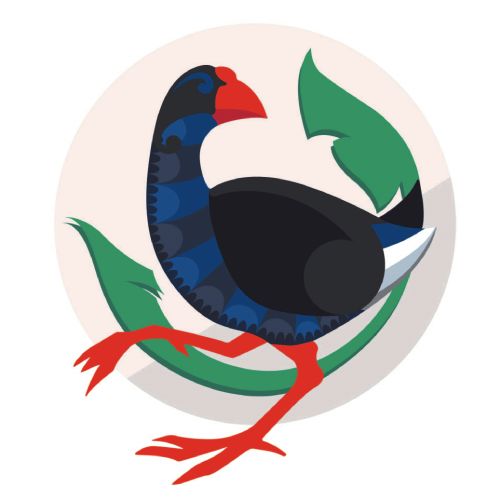Positive Behaviour for Learning (PB4L)
PB4L is an evidence-based framework that looks at behaviour and learning from a whole-of-school as well as an individual student perspective. It is based on a process for teaching social and behavioural skills that builds a positive, proactive, and systemic approach to the teaching and learning of positive behaviour. It uses real data from the school and takes the approach that opportunities for learning and achievement increase if:
- The school environment is positive and supportive.
- Expectations are consistently clear.
- Students are consistently taught expected behaviours.
- Expected behaviours are consistently acknowledged.
- Inappropriate behaviours are consistently responded to in a fair and equitable way.
Students learn best when they feel accepted, when they enjoy positive relationships with their fellow students and teachers, and when they are able to be active, visible members of their learning community. Effective teachers foster positive relationships within environments that are caring, inclusive, non-discriminatory and cohesive.
At Aotea College manaakitanga, sauni, excellence and perseverance is fostered and role modeled in all aspects of our teaching and learning practices.





















